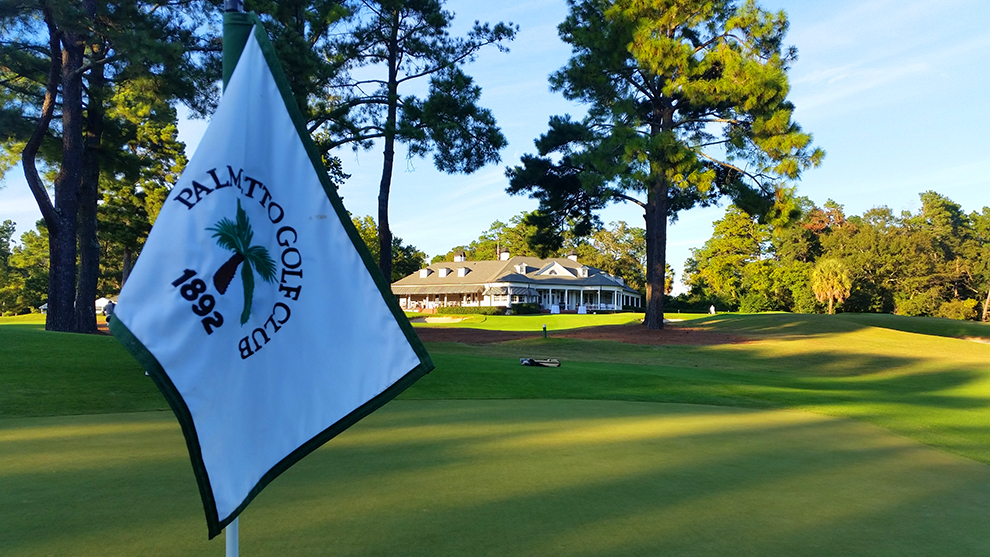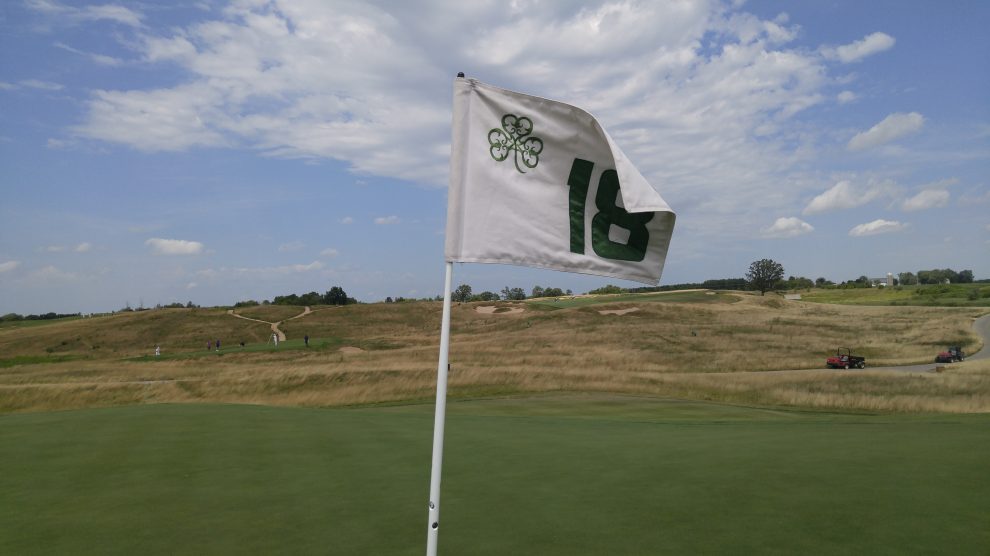When you're out on the golf course, you see all kinds of different colors of flags. Many golf courses has a single color of flag throughout the entire round -- and common colors include white, yellow and red.
However, there are also lots of golf courses -- thousands, even -- that have flags in the three colors found on the American flag: red, white and blue. As it turns out, red, white and blue flags aren't a tribute to the United States. These flags actually offer information to golfers about the course they're playing.

What do red, white and blue flags mean on a golf course?
Most of the time, red, white and blue pin flags on the golf course are there to give golfers a general idea of where the hole is located relative to the entire green.
A red flag implies that the hole location is in the front third of the green. A white flag implies that the hole location is toward the middle third of the green. A blue flag implies that the hole location is in the back third of the green.
These aren't perfect indicators, and they're not intended to be perfect. Rather, they exist to give golfers who may not have a laser rangefinder or a GPS a way of estimating the distance to the flag using other distance markers on the golf course, including those on spinklers and common 150-yard markers. It all requires a little bit of computation, but a golfer then has a good idea of the total distance for their next shot before factoring in lie, wind and slope.
Some golf courses use a similar idea, but they use flags of different colors. Typically, a starter will provide you with that information before teeing off, or it will otherwise be included in your cart or on a scorecard.

